Close to half of institutional investors surveyed by IPE Real Assets believe infrastructure assets are too expensive, but the report also shows persistently high allocations to the asset class.
This year’s survey, launched today at the IPE Real Assets & Infrastructure Conference in London, shows that 48% of investors think infrastructure is too expensive.
But 68% of investors allocate to the asset class, while 59% may invest in the future and 27% have definite plans to do so.
But pricing concerns could be leading to a slowdown in investment activity. While only 9% of infrastructure investors made no investments or commitments in the past 12 months, 15% expect to be inactive over the next 18 months.
However, 35% expect to invest up to €50m over the coming 18 months, 28% expect to invest up to €200m, 13% expect to invest up to €500m and 9% expect invest more than €500m.
The majority of investors (70%) do not expect rising interest rates to affect their allocations to infrastructure, although 25% said it would have a negative impact.
The survey also asked investors that do not invest in infrastructure why they avoid the asset class. A number of reasons were given, but chief among them were a lack of internal resources (43%), illiquidity of the asset class (38%) and a lack of scale to make meaningful allocations (38%).
For most investors that do allocate to infrastructure, liquidity is either somewhat important (52%) or not important (39%), suggesting liquidity requirements are a possible differentiator between those investors that allocate to infrastructure and those that do not.
Nearly half of investors (48%) also tend to favour holding periods of 10-15%, with the rest fairly evenly split betwen five-10 years and more than 15 years, suggesting investors are comfortable with the lack of liquidity and intend to hold infrastructure assets for long periods.
Most investors (69%) are targeting returns of 5% to 10%, which when combined with the aforementioned holding periods is consistent with long-term, income returns often associated with infrastructure.
The next largest group (27%) are seeking double-digit returns of 10% to 15%. None are seeking returns above 15% and only 4% are seeking sub-5% returns.
Only 2% are allocating to infrastructure from a fixed income bucket. Most respondents are allocating from a number of different parts of their portfolios: either a standalone allocation, part of their alternative investments or part of a real assets bucket.
Other investment preferences highlighted by the survey include a preference for funds (87%), although there were significant interest in direct investments (45%) and listed holdings (19%).
Europe is seen as harbouring the best opportunities with 86% of investors, followed by North America (55%).
Investors were asked about the political backdrop for both regions. Neither Brexit nor Donald Trump, who has spoken publicly about fostering $1trn in US infrastructure investment, appear to have had a major influence on investors’ strategies or perceptions of the market.
In line with last year, close to three quarters of investors said the UK’s departure from the European Union would have no effect on their infrastructure strategies, although one in five said they would decrease investment in the UK.
In terms of sectors, renewable energy appears to be the most attractive, with 59% of investors selecting it two years in a row.
Two thirds of investors said social impact and environment sustainability was important but second to financial returns.



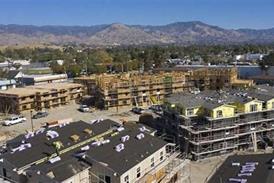
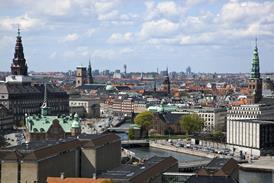





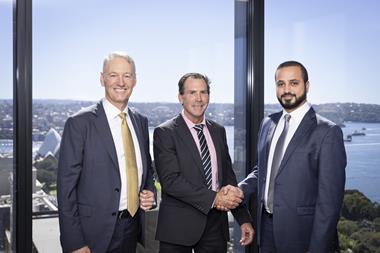

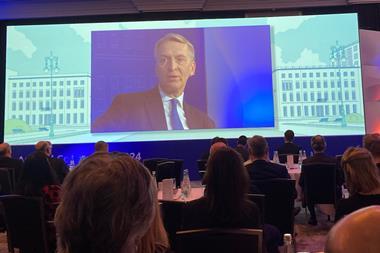




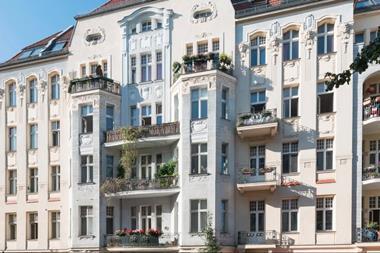



No comments yet